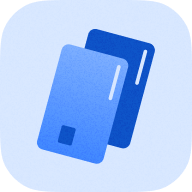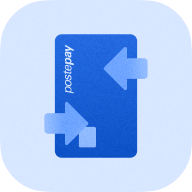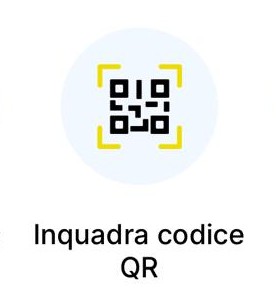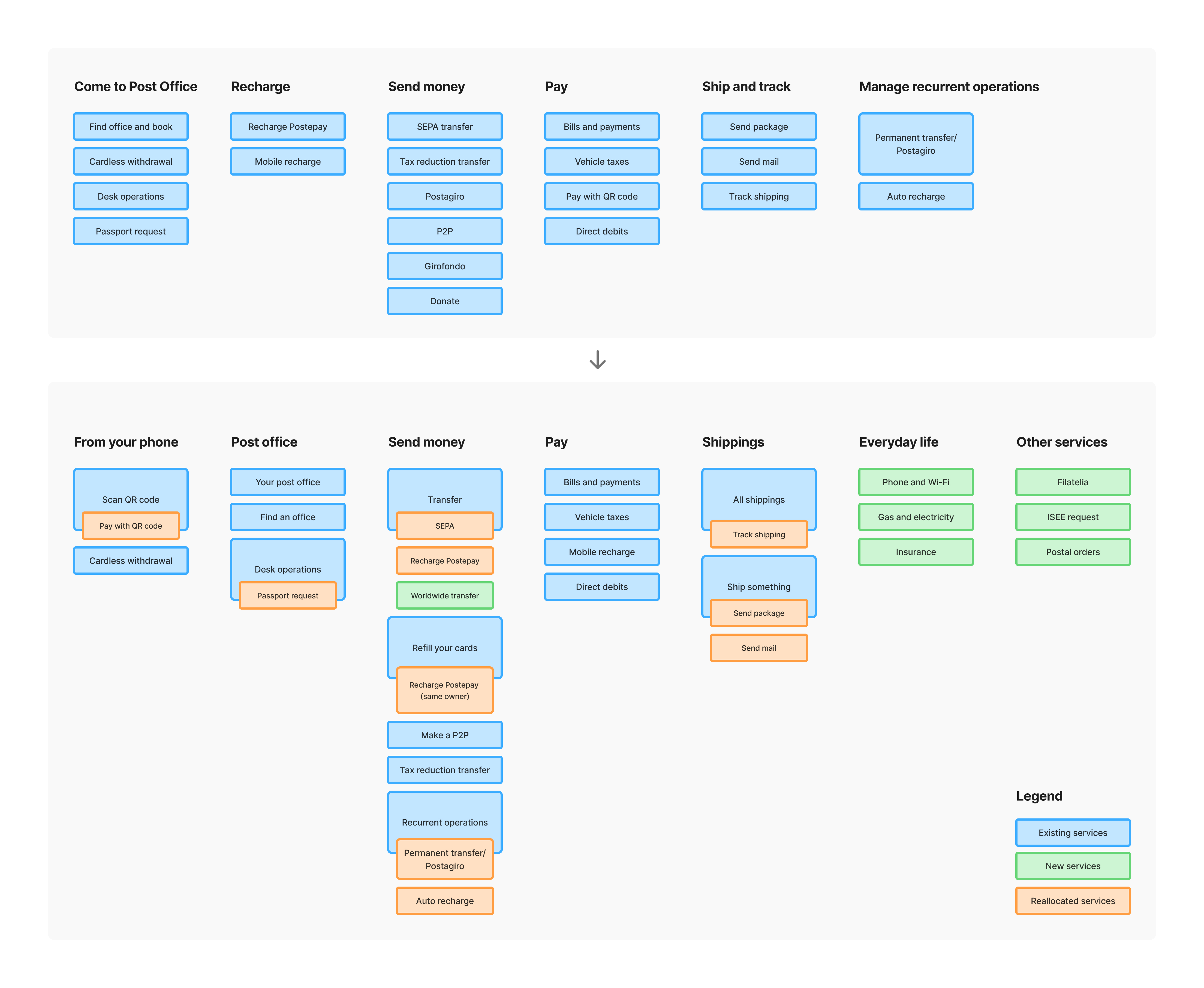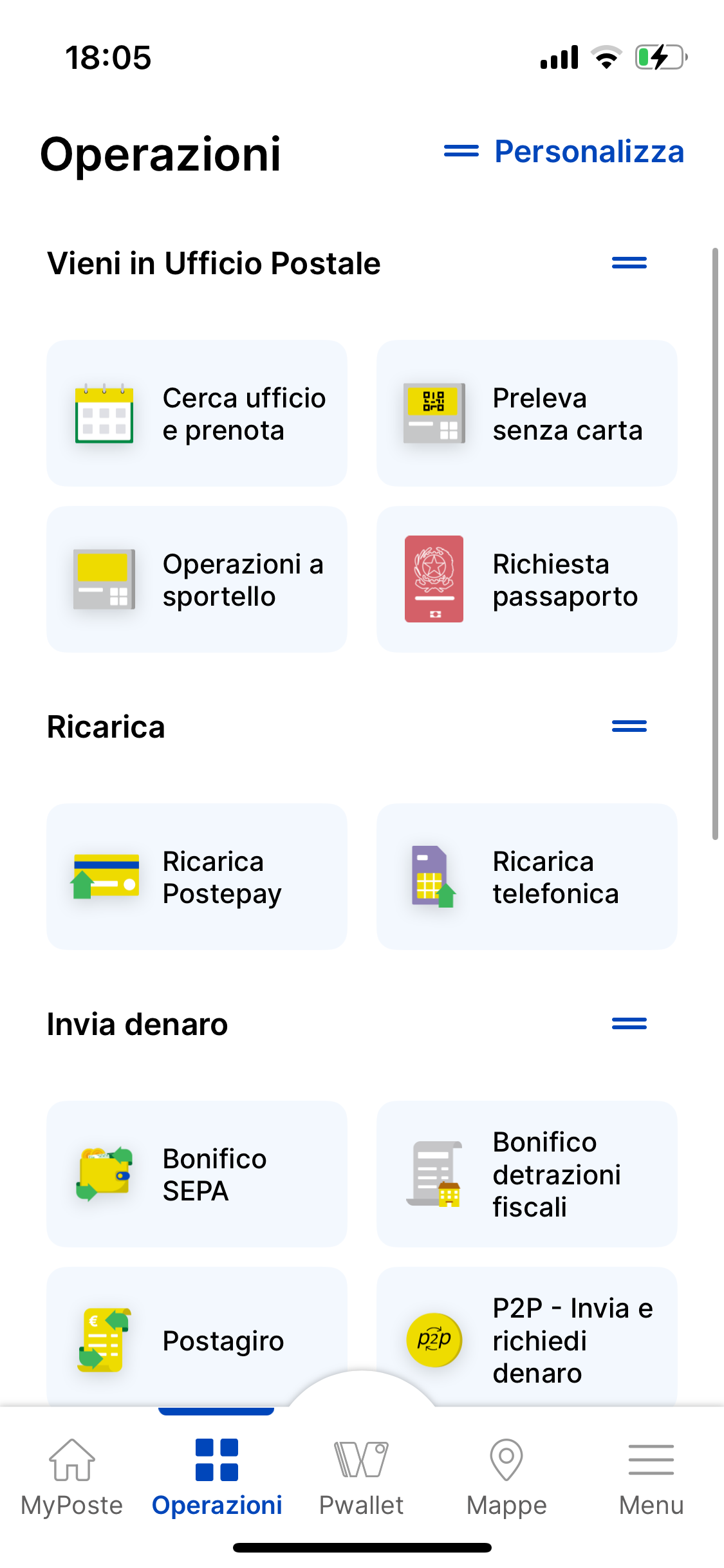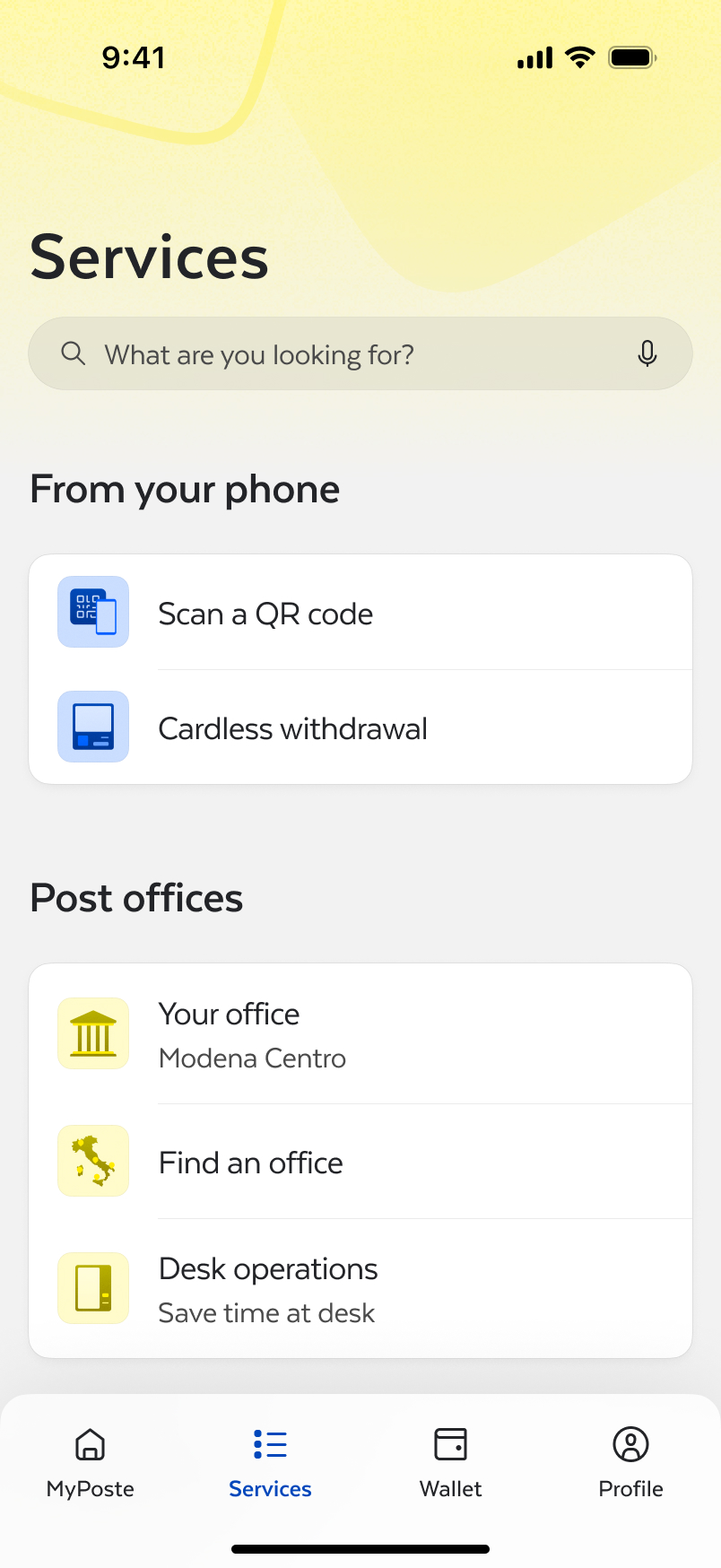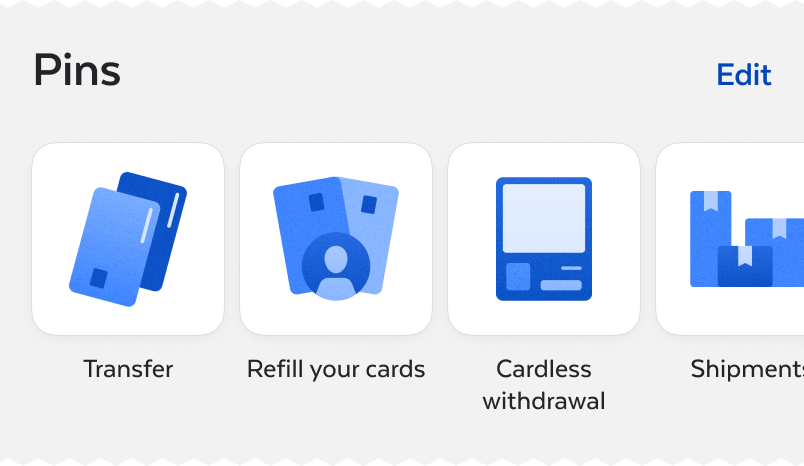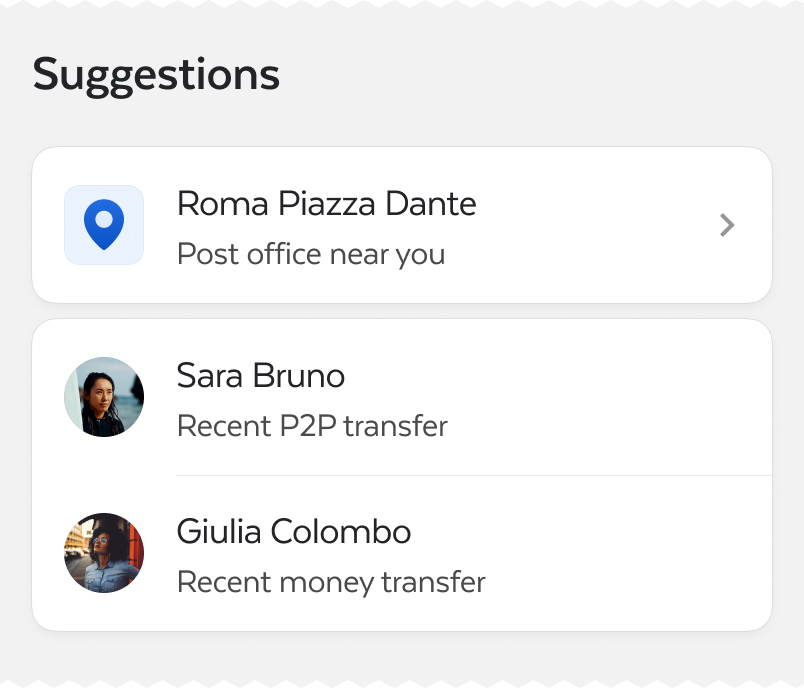Why this project
This project first started as a simple restyling of the app. But as I needed more from their services, I discovered that there was more than UI tweaks to be done.Talking with users confirmed what the experience has been for everyone - frustrating and difficult to understand.
In order to get the full Poste Italiane experience, users need to install 4 different apps that serve different purposes.The user journey then starts with discovering what all these apps do.

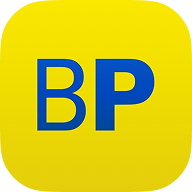
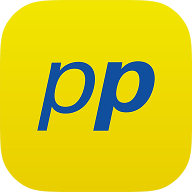
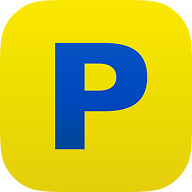
Doing secondary research and confronting other Poste users has been a confirmation of what my personal experience as a user myself has been like - quite difficult.
A step in the right direction?
Recently, the company decided to revamp their whole experience and develop a “super-app” to rule them all, by replacing the old “Ufficio Postale” app with “Poste Italiane”.
Why are all the legacy apps still available?
Did they really get everything in one place?
How did they perform UX-wise?

